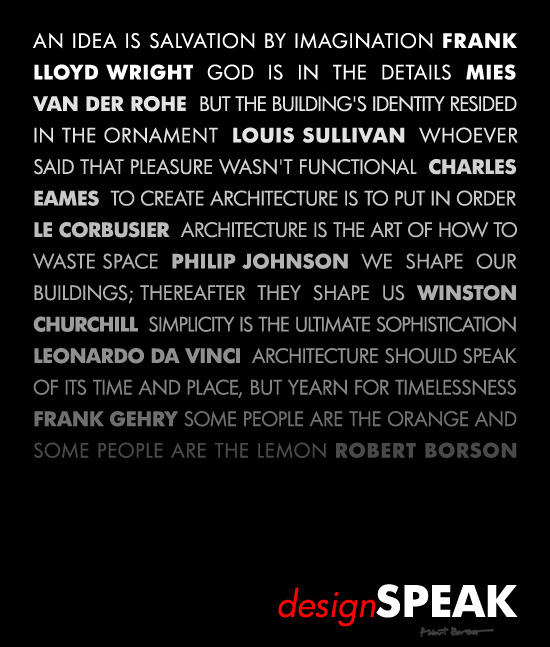So the topic keeps coming up: underfloor air. What's it all about? Why should we do it? What's it gonna cost? According to Haworth, here are some things you need to know about underfloor.
For a floor to truly support a workspace, it has to do more that just sit there. As technology and tenants change, underfloor air distribution keeps the building fresh. Popular in Europe and Japan for many years, underfloor air distribution is now making inroads in North America. As raised access floors become a preferred means of delivering voice, data and power, developers recognize the added value those floors can provide as a means of air distribution. Underfloor air technology can improve indoor environmental quality, reduce construction and operating costs, and boost productivity by giving occupants greater control over their environment and their comfort.
In a conventional system, conditioned air is introduced from or near the ceiling and mixed completely with room air to avoid drafts. Complete mixing of the supply and room air creates near-uniform temperatures throughout the space. With an underfloor system, the cavity created by the installation of the raised access floor is used as a supply air plenum. Conditioned air is introduced to the occupied space through floor outlets. The floor outlets, or "diffusers," are designed to rapidly mix the conditioned air with the room air. Rather than being forced, the new air rises naturally, carrying heat and pollutants upward and out the ceiling air return.
Conventional System
Underfloor Air System
At first glance, raised floors may appear to be slightly more expensive than conventional floors. But when you use the space below the floor for air distribution and power and data cabling, the apparent cost premium vanishes. In fact, overall cost per square foot for an access floor-based system may be as much as two dollars less than conventional construction.
- No steel beam penetrations for ductwork are required.
- Lower fan static pressures and reduced airflow requirements mean smaller supply and exhaust fans.
- Since conditioned air moves in the cavity between the raised floor and floor slab, nearly 90% of ductwork is eliminated.
- The little ductwork that is used doesn't need to be insulated. That's because conditioned air is isolated in the floor cavity, rather than sharing the ceiling cavity with warm return air.
The life cycle cost of savings associated with the reductions of churn costs can often pay back the initial investment in a raised flooring system within a few years.
Studies have shown that improved indoor air quality can mean lower absenteeism and higher productivity. Concentrations of carbon dioxide, airborne bacteria and off-gassing contaminants in spaces served by underfloor air systems are typically much lower than those served by overhead systems.
- Occupants have greater control over the temperature within their space, so complaints about comfort nearly disappear.
- A continual supply of clean, newly conditioned air is introduced directly into the occupied zone where people breathe.
- Conditioned air is not blown down from overhead as it is with conventional systems, so it doesn't pass through (and mix with) the stale air and contaminants that collect near the ceiling.
This information presented by Haworth is only the tip of the iceberg, so to speak. For more information, or to have a formal presentation provided to your company, please contact us here at Facilities Connection!
Hayley Hill
915.834.7125
hhill@facilitiesconnection.com





